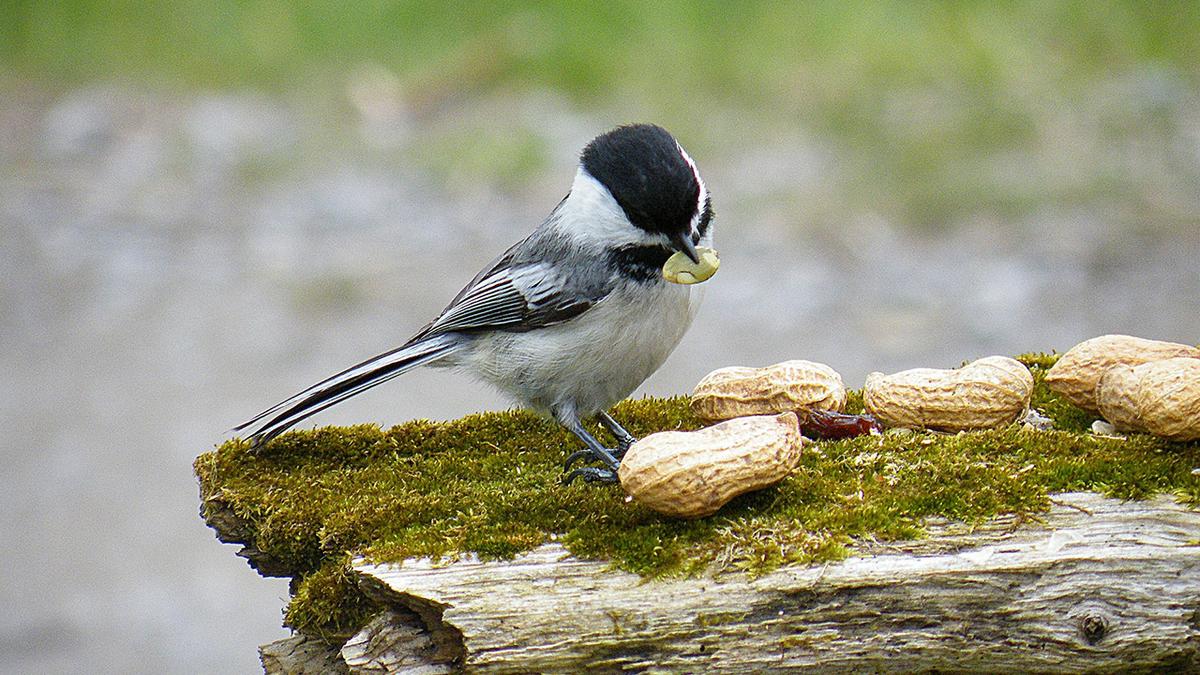Calling all curious people to take to city streets April 27 through 30 to observe nature and submit pictures of plants and animals in your town for the 2018 Twin Ports City Nature Challenge.
“The City Nature Challenge is happening worldwide,” said Marte Kitson, Minnesota Sea Grant environmental literacy extension educator. “It’s a multicity, global event that calls on current and aspiring citizen scientists, nature and science fans and people of all ages and science backgrounds to observe and submit pictures of plants, animals and fungi using the free app iNaturalist.”
Nearly 70 cities will be competing in this annual international data collection competition that helps provide scientists, educators, urban planners and policymakers insights into the biodiversity of urban locales throughout the world. This is the second year for the Twin Ports event, which includes the cities of Carlton, Cloquet, Duluth, Esko, Hermantown, Proctor and Scanlon, Minnesota and Superior, Wisconsin.
The 2018 Twin Ports City Nature Challenge will take place in two parts.
The first part of the challenge kicks off April 27 at 12:01 a.m. and continues through April 30, 11:59 p.m. during which time participants are to upload pictures of wild plants and animals in their city to the Twin Ports City Nature Challenge project on iNaturalist.
The second part of the challenge will be the identification of locally photographed species using experts and crowdsourcing through the online iNaturalist community May 1-3. Results from the Twin Ports event and other worldwide will be announced on May 4.
“There is nature in every city and one of the best ways to study it is to connect community members and scientists through citizen science,” said Kitson. “It’s also a great way to help inform future decisions about wild spaces in our communities.”
With human populations worldwide increasingly concentrated in cities, the study of urban biodiversity is important to the future of plants and wildlife on Earth. Large pools of data, including those built through iNaturalist, natural history museums and science organizations, can help authorities make informed decisions that enable humans to coexist sustainably with the plants and animals in their neighborhoods.
“New this year to the Twin Ports City Nature Challenge are biodiversity hotspots that participants are encouraged to visit,” said Kitson. “These are wild spaces in the city that host a variety of living things that you might not know are there. We are also looking for people who are knowledgeable about plants and animals to help identify what’s found at the hot spots. ”
For both budding and veteran citizen scientists, participating is easy:
1. Find wildlife. It can be any plant, animal, fungi, slime mold or any other evidence of life (for example, scat, fur, tracks, shells, carcasses) found in your participating city.
2. Take a picture of what you find, and be sure to note the location of the critter or plant.
3. Share your observations by uploading your findings through iNaturalist.
“Spring has arrived in northern Minnesota and the Twin Ports City Nature Challenge is a great excuse to step outside your busy day, enjoy observing the world around you, and contribute to science,” said Kitson.
Visit Minnesota Sea Grant's website.
ADDITIONAL INFORMATION:
Twin Ports City Nature Challenge: http://bit.ly/TP-CNC
Listen to Minnesota Sea Grant’s The Sea Grant Files: Citizen Science Day radio program on KUMD 103.3.
City Nature Challenge (national): citynaturechallenge.com
iNaturalist: inaturalist.org
#CityNatureChallenge
Twitter handle: @citnatchallenge
